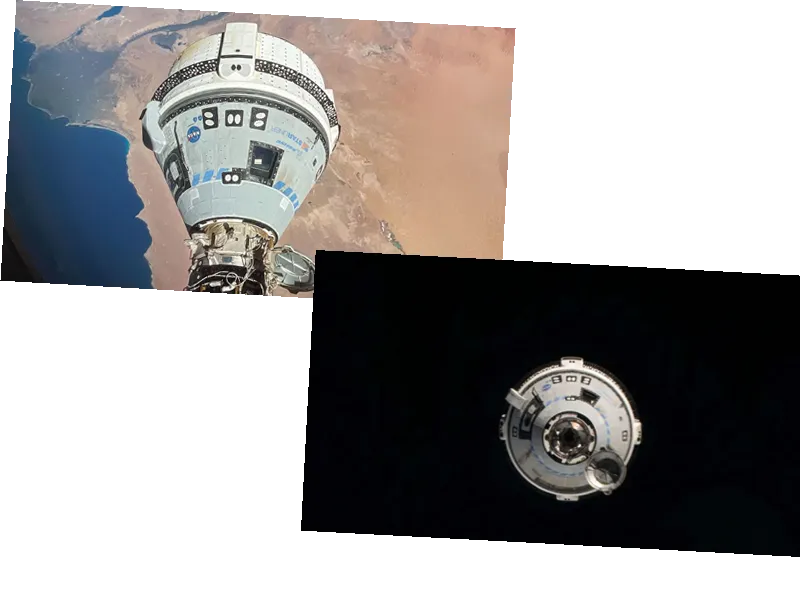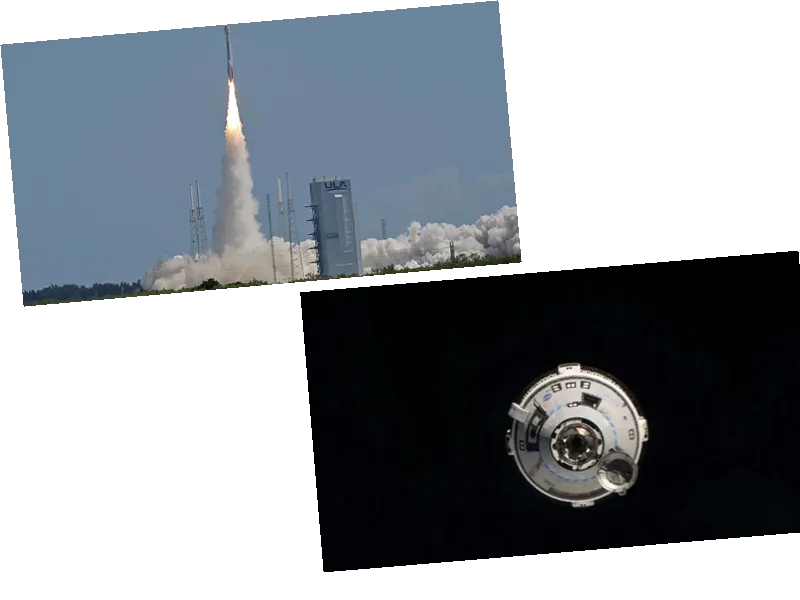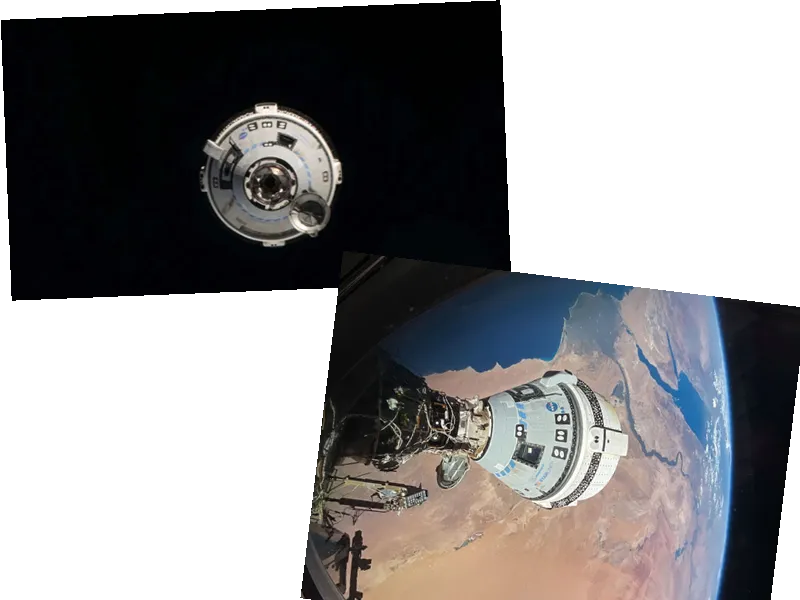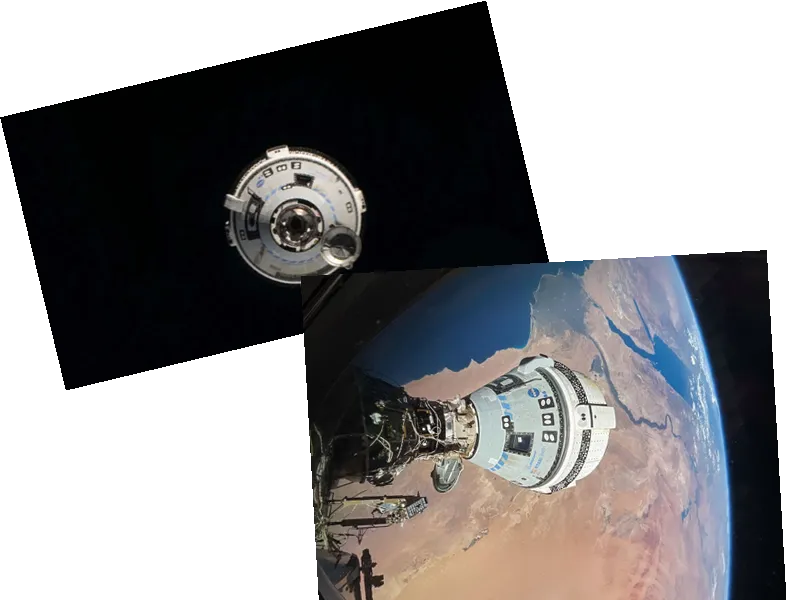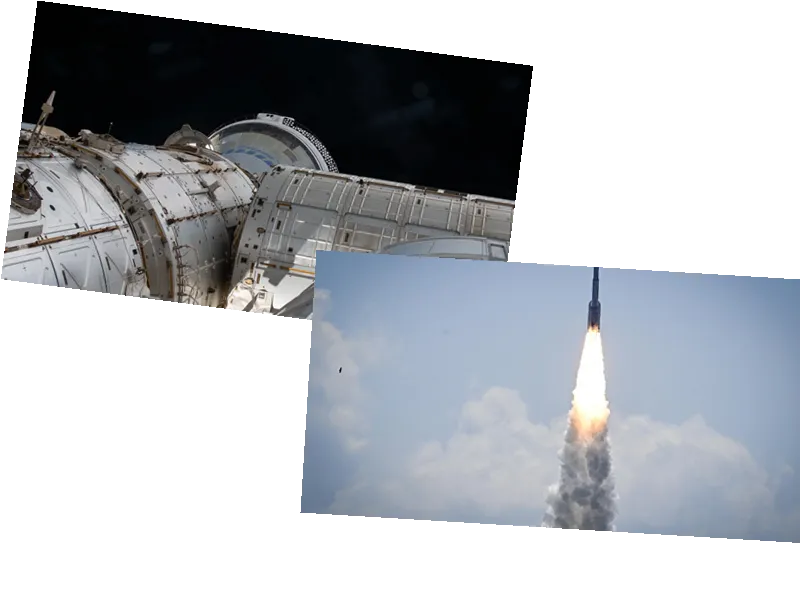Boeing’s Starliner Mission: Overcoming Technical Challenges
The Starliner spacecraft from Boeing, currently docked at the International Space Station (ISS), faces an extended mission due to technical issues. Initially projected to last only a few days, the mission has now stretched to over three weeks, with no firm return date in sight. The spacecraft encountered problems with helium leaks and booster outages during its journey to the ISS, prompting NASA to consider extending the mission duration from 45 to 90 days.
Ground Testing and Problem Resolution
NASA and Boeing are conducting ground tests in New Mexico to understand the root causes of the Starliner’s technical problems. Four out of the five failed boosters have been restored, but one remains non-functional. Engineers aim to gather as much data as possible to resolve these issues. Steve Stich, director of NASA's Commercial Crew Program, emphasized that determining the landing date depends on the outcomes of these tests. Meanwhile, astronauts Suni Williams and Butch Wilmore have integrated with the ISS crew, performing routine tasks and contributing to the mission’s objectives.
Historical Context and Future Implications
Boeing's journey with the Starliner has been fraught with delays and challenges. The spacecraft’s first uncrewed test in 2019 was marred by software errors, and subsequent tests revealed additional issues. Despite these setbacks, NASA and Boeing stress the importance of this mission as a test flight aimed at improving the Starliner for future missions. Comparatively, SpaceX’s Crew Dragon has seen more success, having completed its first test flight in 2020 and conducting routine missions since. The data collected during this extended mission will be crucial for certifying the Starliner for future crewed flights, potentially transforming its reputation and reliability.
- The Starliner mission, part of NASA's Commercial Crew Program, began in 2014 with the goal of developing a spacecraft capable of transporting astronauts to the ISS. Despite facing numerous obstacles and over $1 billion in additional expenses, Boeing remains committed to resolving the Starliner's issues.
- The spacecraft’s service module, responsible for much of its power during flight, has been a significant source of the problems. The module will not survive the return trip to Earth, as it is designed to be jettisoned and destroyed upon re-entry. This makes it imperative for NASA and Boeing to gather as much data as possible while the Starliner is still in space.
- Astronauts extending their stay on the ISS is not unprecedented. For instance, NASA astronaut Frank Rubio spent 371 days in space due to a coolant leak in his return vehicle. The Starliner’s extended mission is a continuation of this trend, aiming to ensure future missions are safer and more efficient.
